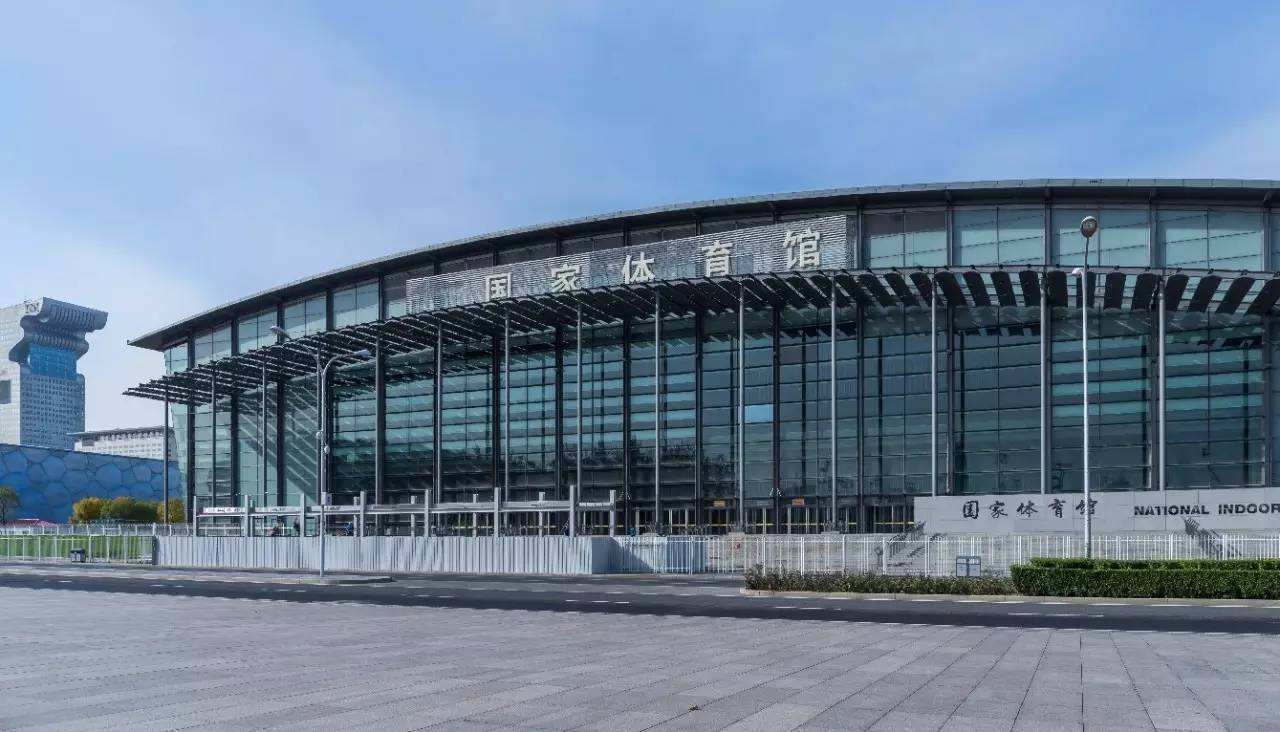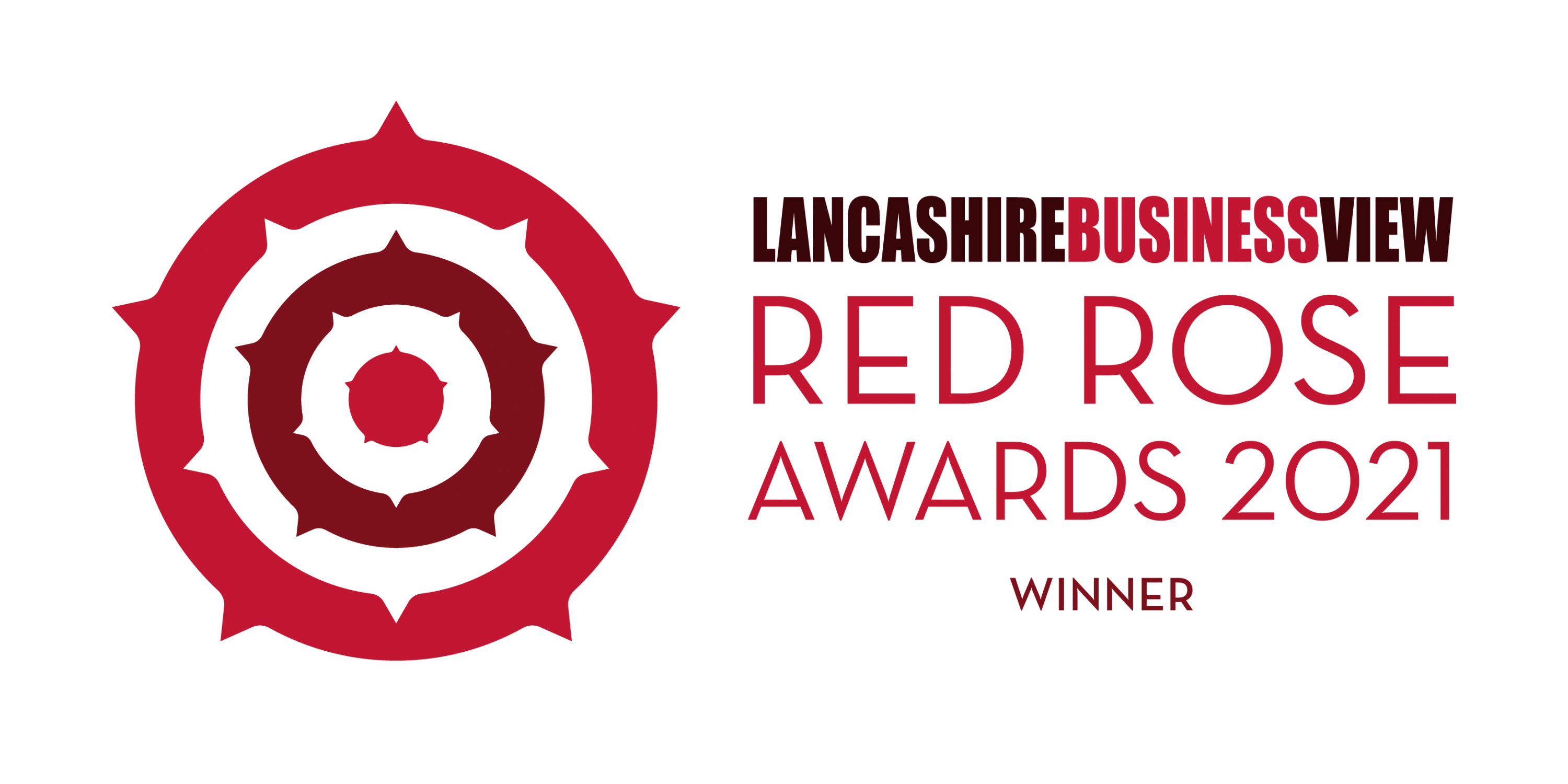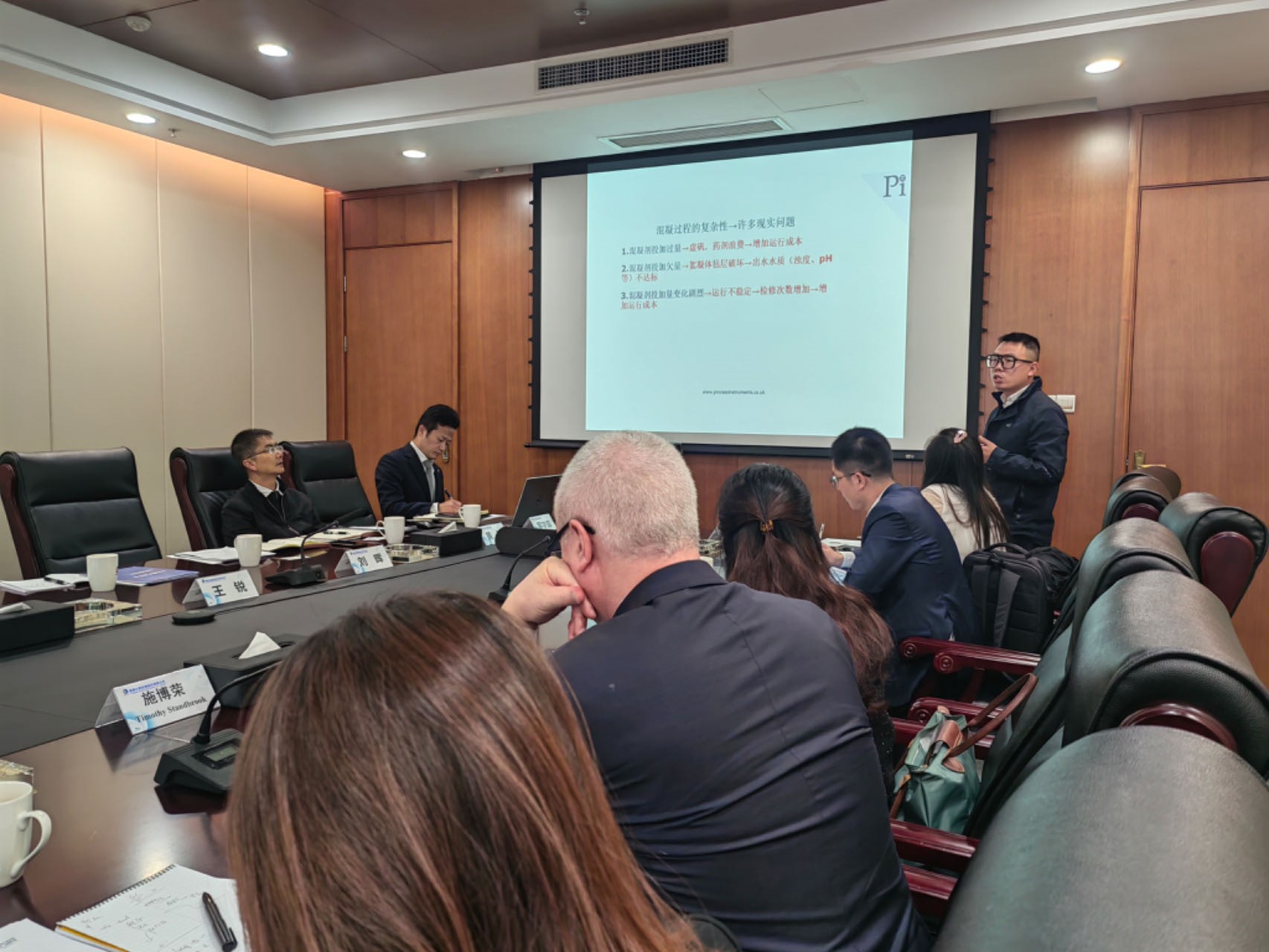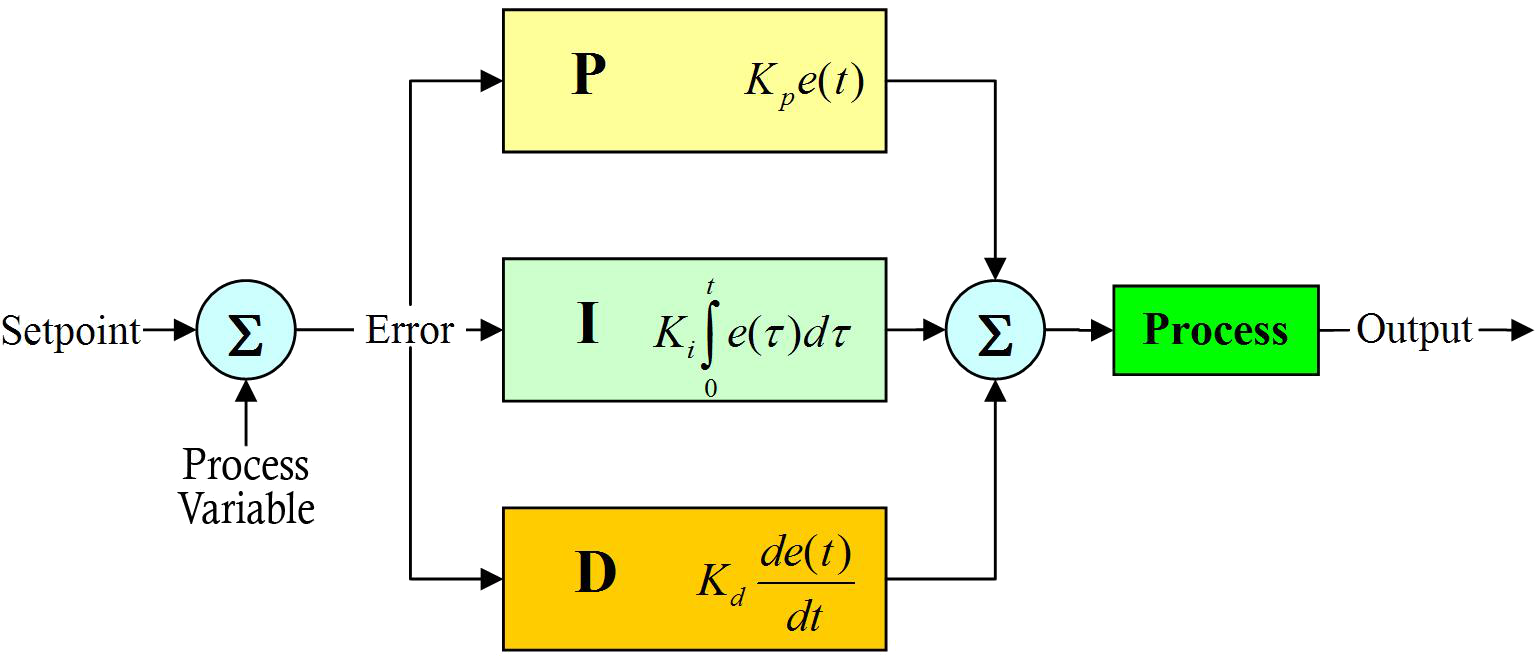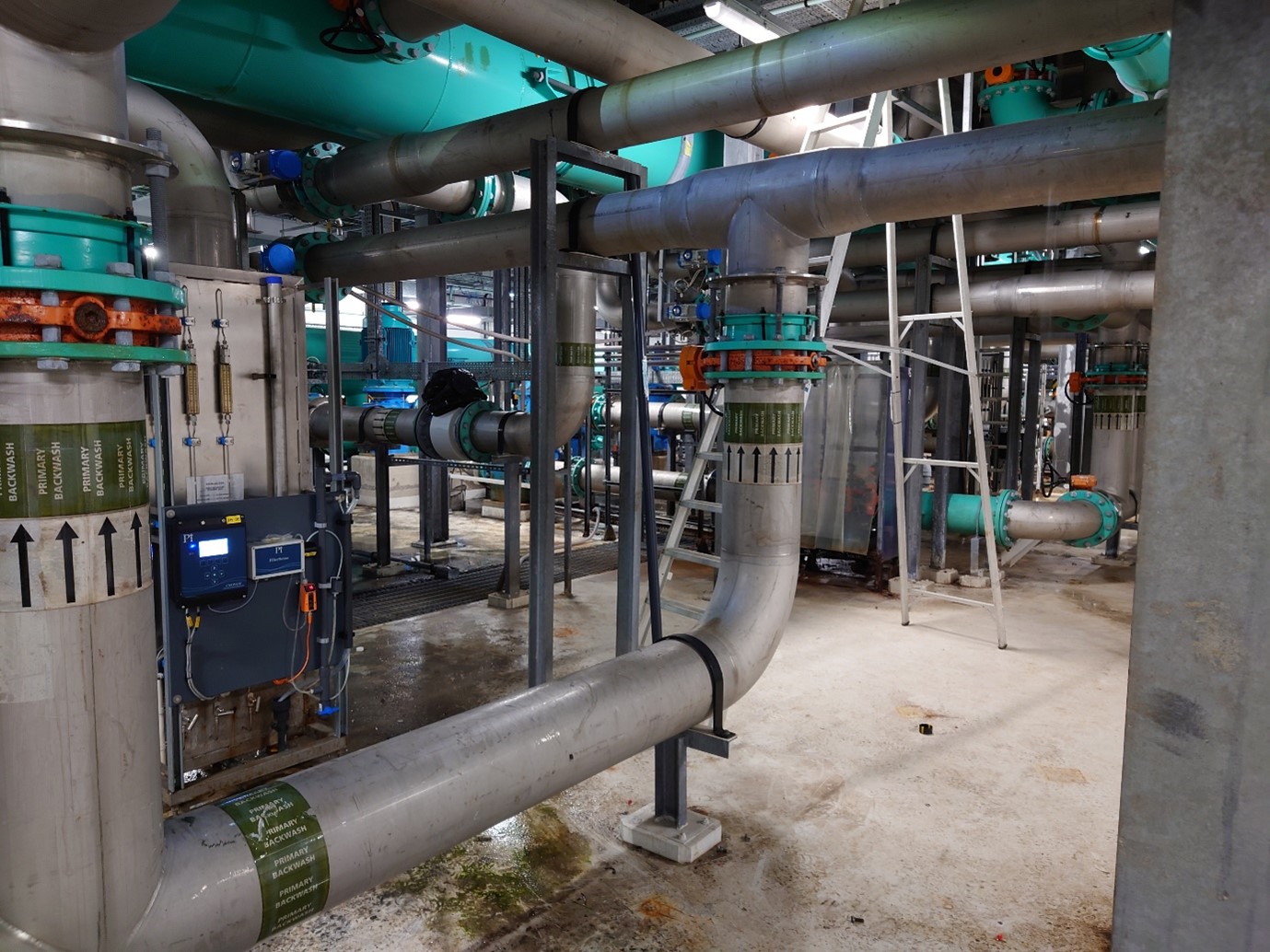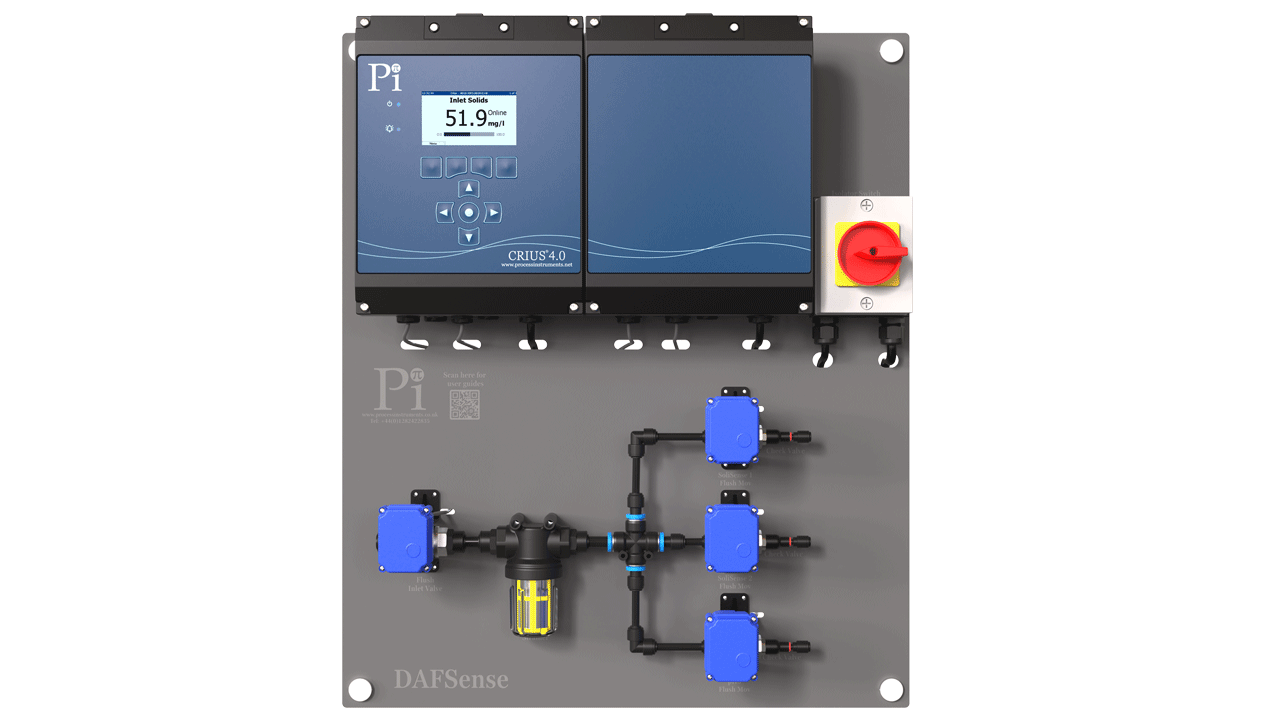CRONOS®
Part of our controller range, the CRONOS® is the less capable, and therefore less expensive, cousin of the CRIUS®4.0.
The CRONOS® is a top-quality, low-cost transmitter designed to arm water treatment engineers with everything that they need from a transmitter, without any unnecessary hardware or firmware. With no frills, costs can be kept minimal, whilst optional communications packages allows for Profibus, Modbus ASCII, Modbus RTU, Modbus TCP, 4-20mA analogue outputs, and relays for alarms and control.
As standard the CRONOS® comes with the same interface and firmware as the world-leading CRIUS®4.0, with all the same capability just reduced, so less I/O (up to 2 sensors) and a grayscale display.
The CRONOS® is capable of controlling up to two sensors of any type with relevant analogue outputs and relays. With optional PID control, the CRONOS® is quite capable of controlling complex water treatment processes, all at a fractional cost of other controllers.
- Up to 2 sensor inputs
- Up to 2 outputs
- Up to 8 relays
- Up to 8 digital inputs
- Unlimited PID loops
Any application where a high quality analyzer is required except in Hazardous Areas.
CRONOS® is a low cost, high functioning controller limited only on I/O and remote access capability (remote access is only available on CRIUS®4.0). Available options are;
- Color display
- Datalogging
Please choose the measurement of interest from the measurement drop down menu.
Focus Ons are a series of short articles distributed by email providing technical information regarding instrumentation, process measurement in potable, waste, process and pool waters. If you would like to join the mailing list, please contact us.
>> Analyzer to Pump – how controllers can interact with and control pumps
>> PID Auto-Tune – why it might not work for water processes
>> Variable Speed Drive (VSD) Control to Reduce Swimming Pool Electricity Bills
| Document | Type | Size |
|---|---|---|
| CRONOS® | Brochure | 656kB |
| CRIUS®4.0 | Brochure | 860kB |
| How To Specify a Pi Analyzer | Technical Note | 815kB |
| Water 4.0, Industry 4.0, IoT, SMART and DIGITAL | Technical Note | 727kB |
| CRONOS® and CRIUS®4.0 Control Options | Technical Note | 608kB |
| Remote Access – InSite | Brochure | 1.3mB |
| Remote Access – LIVE DATA | Technical Note | 586kB |
| Autoflush | Brochure | 563kB |
| Autoflush | Technical Note | 1.6MB |
| Probe Fouling | Technical Note | 459kB |
| PID Control | Technical Note | 710kB |
| VSD Control to Reduce Swimming Pool Electricity Bills | Technical Note | 665kB |
| DPD Checklist | Technical Note | 487kB |
FAQs
Which instrument controller from Pi should I choose?
What is the total number of sensors I can control with a CRONOS®?
What is the total number of outputs I can have with a CRONOS®?
Is datalogging available on the CRONOS®?
Is a color display available on the CRONOS®?
Not as standard, but this can be added for a fee. A color display is a standard feature of the CRIUS®4.0.
"The Pi products provide excellent value for money and represent the best municipal drinking water analyzers available."
John Clark
Chemtrac - Atlanta
"The support from Pi and its partners is superb. They go above and beyond to ensure that, not only is their equipment perfect but that the process is working great too. Five Stars!"
Anthony Glitto
Equip Solutions - Illinois, USA
"Going from ORP control to amperometric chlorine sensor control has undoubtedly improved the pool water immensely!"
Chris Tedeschi
Link Automation - USA
"We've been using these analyzers since 2008. They're easy to use and very stable. Calibration and maintenance is quick and simple."
Lloyd Gruginski
Chehalis WTP - Chehalis, WA
"We at Scottish Water have been using the excellent Pi LabSense 3 and portable UV254 instruments in the field for optimizing our Water Treatment processes for some years now. We find them easy to use and invaluable for detecting and resolving issues in a timely, efficient and effective manner. Two great pieces of kit!”
Paul Weir
Scottish Water - UK
"I want to thank you and all at Process Instruments for all the assistance, information and handholding during the year. The help that was so freely given was very much appreciated. Can you please extend my appreciation to all at Pi and let me wish you all a happy, safe and wonderful Christmas and I look forward to working with you again in 2021."
Michael Bailey
Wexford Co. Co. - Ireland
"Excellent level of support and always so much more prompt than a lot of our suppliers."
Phill Tuxford
Detectronic - UK
"The plant can’t produce good quality water without the CoagSense."
Mick Murphy
Wexford Co. Co. - Ireland
"We started using Process Instruments 10 years ago and they worked so well that when we were looking at expanding, Process Instruments were our "go to" company."
Rebecca - Pool Manager
Woodland Spa - Burnley, UK
"We've been installing pools and spa controllers from Pi for more than 10 years and they just are the best on the market."
Dr. Lester Symmonds
Pool Sentry - UK
"We've used the CRIUS® with chlorine, pH and conductivity sensors for several years and confirm quality, performance and reliability has been wholly satisfactory to date."
David Kerr
Karis Technical Services Ltd. - UK
"We in ECM ECO Monitoring can only recommend Process Instruments products and services to all other potential clients. They have very complex portfolio of products for water quality monitoring in various types of industries, friendly attitude, very quick delivery time and prompt reaction to all our needs and inquires. Our clients especially appreciate the particle counters and sizers allowing identification of drinking water treatment problems. The Streaming Current Monitors are a great tool for optimisation of expensive chemicals.”
Branislav
ECM ECO Monitoring - Slovakia
"Simply the best turbidity available."
John Clark
Chemtrac - Atlanta, GA
"In 2019, we purchased 29 particle counters which were installed in our water plants. So far, their performance has been perfect."
Li Yongjun
Jinan Hongquan Water Company - China
"We have installed hundreds of ozone analyzers from Pi over the years. They are just accurate, reliable and require low maintenance."
Jiao Tumei
Qingdao Guolin Environmental Technology Co., Ltd., - China
"Over the last few years we've purchased chlorine and turbidity analyzers from Chemtrac and with routine calibration the probes measure the chlorine and turbidity without any issue. We are very happy with this product and would highly recommend them."
Daniel "Buck" Owen
Ocoee Utility District - Ocoee TN
“Servicing customers is much more than just solving problems or addressing complaints and Pi does that very competently with technical and quick efforts providing a good experience."
Clovis Tuchapski
Buckman - Latin America
"Pi's technical team has enabled us to be one step ahead of our competitors by adding value to our projects thanks to their fast and excellent support from the moment you first reach out.
Ibrahim Kaplin
Thermomed - Turkey
"The Streaming Current Monitor from Pi is the best SCM I have ever used. The analyser responds quickly and has many powerful functions, which helps me save a lot of money."
Ye Yancong
Xiamen Xishan Water Plant - China
“Process Instruments has a broad range of high quality and user-friendly solutions for water-industry problems. The short lead times and great customer support make Pi a reliable partner.”
Péter Szabó
SC KATALIN NOHSE CHIMIST IMPORT SRL - Romania
"Process Instruments UK always have a high level of customer service. All our interactions with Pi have exceeded our expectations. It is always a pleasure working with you.”
Iñaki Seisdedos Rodríguez
Izasa Scientific - Spain
"Process Instruments UK always have a high level of customer service. All our interactions with Pi have exceeded our expectations. It is always a pleasure working with you.”
Rudi Tuffek
Allpronix - South Africa
Need Help?
Need a Price?
Not in United States?
Related Posts
Process Instruments Turns 25!
From chlorine analysers to suspended solids monitors, in the last 25 years Pi has developed…
Pi’s CRIUS®4.0 Multi-Parameter Analyzer in use at the 2022 Beijing Winter Olympics
Pi’s representatives in China have completed installation of two recirculating cooling water systems at the…
Pi wins Export and Innovation Awards at the Red Rose Awards 2021
Process Instruments were named winners of the Export and Innovation in Business Awards at the…
Process Instruments celebrates double Queen’s Award win
Pi has celebrated receiving a royal seal of approval, after being handed two prestigious Queen’s…
Pi Invited to Discuss their Coagulation and DAF Control System with Governments in Yunnan and Guizhou Province
Pi was recently invited to a panel discussion with the government sectors in Yunnan Province…
Peracetic Acid Monitoring System Upgraded with PID Control from 9500 Miles Away!
Pi’s peracetic acid sensor (PeraSense) is used for the measurement and monitoring of peracetic acid…
Particle Counters in Yorkshire Water – Keldgate Water Treatment Works
Particle counters from Pi can assist water treatment companies in the ongoing defence of drinking…
Pi Invited to Discuss their Coagulation and DAF Control System with Governments in Yunnan and Guizhou Province
Pi was recently invited to a panel discussion with the government sectors in Yunnan Province…



